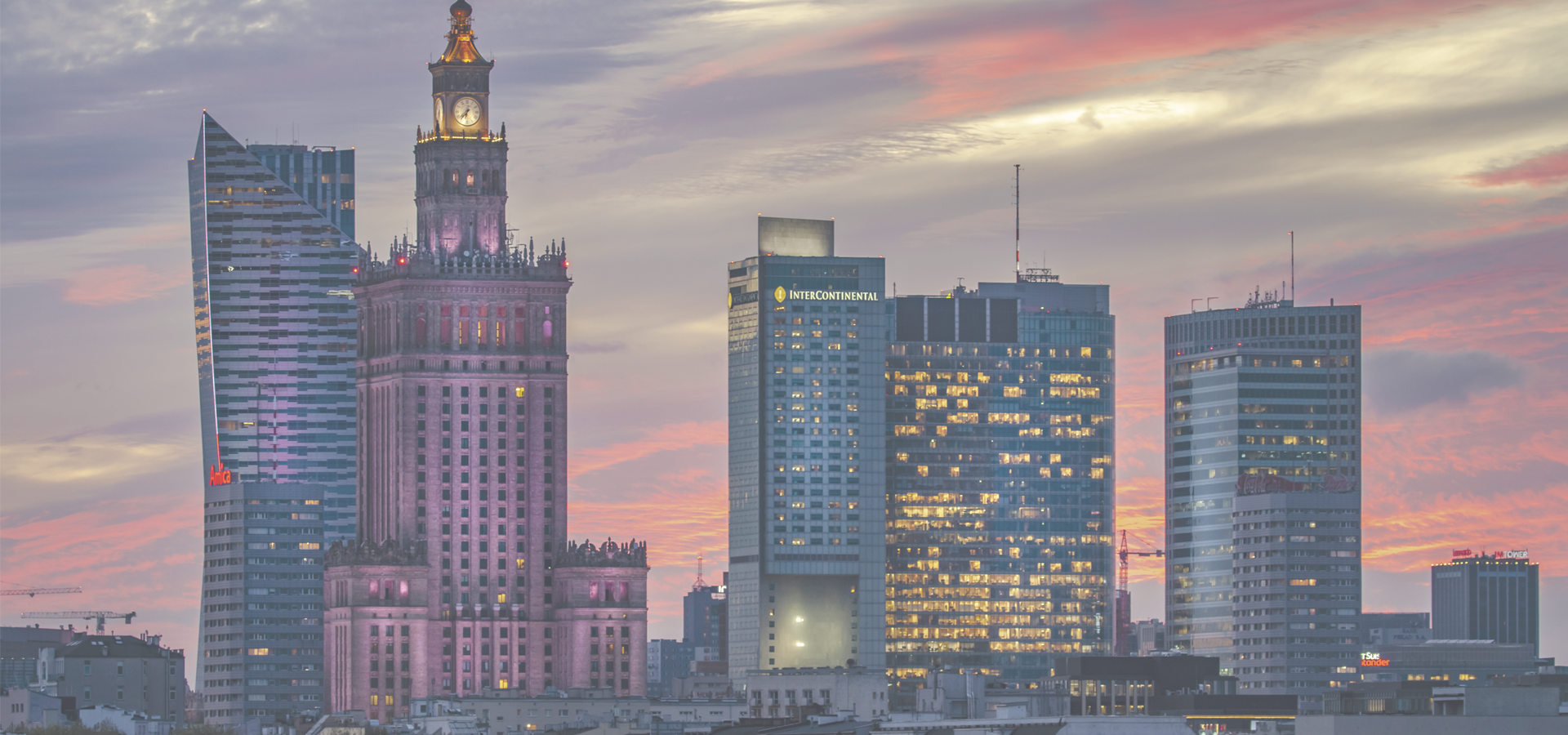Ujazd, Opole Voivodeship, Poland
🇵🇱 Ujazd (Ujest) is a town in Strzelce County in the Opole Voivodeship in southern Poland. The town lies on bank of the river Kłodnica. Tourist attractions in the town include the Ujazd Castle (formerly used by bishops of Wrocław) and two churches: 17th-century Baroque Saint Andrew church and 19th-century Gothic Revival Visitation church.
History The oldest known mention of Ujazd dates back to a document of Pope Adrian IV from 1155, when it was part of the Piast-ruled Kingdom of Poland. It was granted town rights in 1223 by Bishop of Wrocław Wawrzyniec. Already in the 13th century, a Catholic parish and municipal council existed in the town. Its name is of Polish origin.
The town suffered during the Thirty Years' War (1618–1648) and the Silesian Wars (1740–1763) and in 1666, 1676, 1770 it was hit by fires. It was captured by Prussia in 1740 and annexed afterwards. In 1838 the town passed to the family of Hohenlohe–Öhringen, a branch (1823) of that of Hohenlohe-Ingelfingen. Prince Hugo of Hohenlohe-Öhringen was the first to take the title of duke of Ujest in 1861, and in 1897 was succeeded by his son Christian Kraft (born 1848). The duke was an hereditary member of the upper houses of Württemberg and Prussia. Since 1871, it was also part of Germany.
Until the end of the 18th century the town's population was overwhelmingly Polish, however, as a result of German colonization and Germanisation, in 1900, 75% of the populace was German-speaking. In the 1921 Upper Silesia plebiscite, 1,384 (89.6%) residents of the town voted to remain in Germany and 161 (10.4%) voted to join Poland. The town was captured by Polish insurgents during the Silesian Uprisings in 1921, however it remained part of Germany in the interwar period.
In 1937, during a massive Nazi campaign of renaming of placenames, it was renamed Bischofstal to remove traces of Polish origin. In the final stages of World War II, on January 22, 1945, the Germans executed several dozen of prisoners of the Auschwitz concentration camp in the town. 70% of the town infrastructure was destroyed in the war. After the war the town became again part of Poland and its original name was restored.
Villages The commune contains the villages and settlements of: • Ujazd • Balcarzowice • Buczek • Grzeboszowice • Jaryszów • Klucz • Kolonia Jaryszów • Komorniki • Kopanina • Księży Las • Niezdrowice • Nogowczyce • Olszowa • Sieroniowice • Stary Ujazd • Wesołów • Wydzierów • Zimna Wódka.
Neighbouring gminas Gmina Ujazd is bordered by the town of Kędzierzyn-Koźle and by the gminas of Leśnica, Rudziniec, Strzelce Opolskie and Toszek.
Warsaw Time

Ujazd has a population of over 6,418 people. Ujazd also forms part of the wider Strzelce County which has a population of over 74,460 people. Ujazd is situated near Strzelce Opolskie.
Twin Towns, Sister Cities Ujazd has links with:
🇩🇪 Bad Lobenstein, Germany 🇨🇿 Břidličná, Czech Republic 🇷🇺 Mozhaysk, Russia 🇩🇪 Nusplingen, Germany🇫🇷 Valenciennes 50.358
🇧🇦 Istočno Sarajevo 18.35
🇭🇺 Székesfehérvár 18.414
Locations Near: Ujazd 18.35,50.3833
🇵🇱 Strzelce Opolskie 18.283,50.5 d: 13.8
🇵🇱 Racibórz 18.221,50.087 d: 34.3
🇵🇱 Gliwice 18.667,50.283 d: 25.1
🇵🇱 Rybnik 18.557,50.095 d: 35.3
🇵🇱 Krapkowice 17.967,50.475 d: 29
🇵🇱 Wodzisław Śląski 18.464,50.004 d: 43
Antipodal to: Ujazd -161.65,-50.383
🇹🇴 Nuku'alofa -175.216,-21.136 d: 16552.7
🇵🇫 Papeete -149.566,-17.537 d: 16207.4
🇦🇸 Pago Pago -170.701,-14.279 d: 15918
🇼🇸 Apia -171.76,-13.833 d: 15849.1
🇺🇸 Hilo -155.089,19.725 d: 12192.8
🇺🇸 Maui -156.446,20.72 d: 12092.2
🇺🇸 Maui County -156.617,20.868 d: 12076.9
🇺🇸 Wailuku -156.505,20.894 d: 12073.3